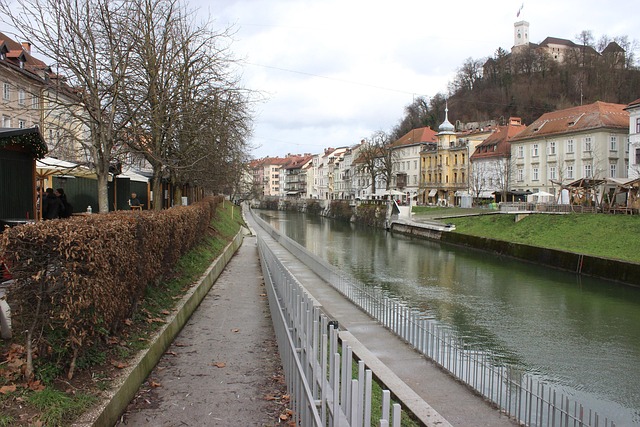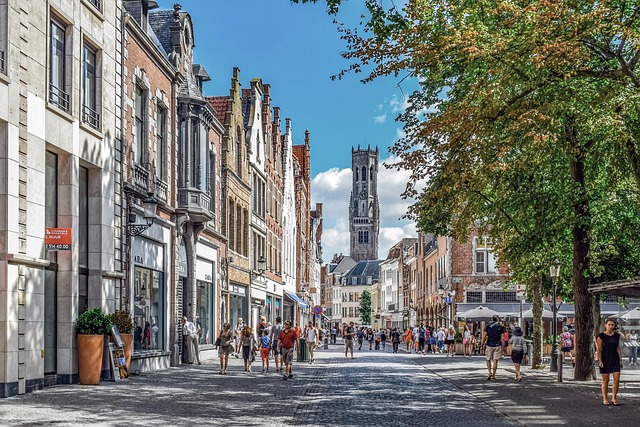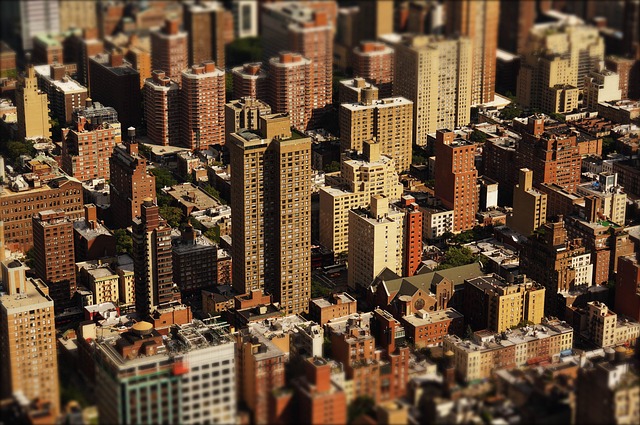Karachi residents rely on the Air Quality Index (AQI) to navigate pollution levels from industrial emissions, vehicle exhaust, and construction activities, impacting health, especially for vulnerable groups. DHA Defence, a prime area, faces significant air quality challenges due to urbanization and dense population. Advanced monitoring stations track key pollutants like PM2.5 and nitrogen dioxide, aiding policy decisions. Strategies to improve Karachi's air quality include promoting green spaces, electric vehicles, stricter industrial norms, community engagement, and education on responsible practices.
Karachi, Pakistan’s vibrant metropolis, faces a silent menace—air pollution. This article delves into the intricate world of air quality, focusing on the Air Quality Index (AQI) and its impact on DHA Defence, one of Karachi’s prime locations. We explore the factors contributing to poor air quality, from industrial emissions to vehicle exhausts. Additionally, we present strategies aimed at enhancing air purity in this bustling part of Karachi, offering insights into a healthier future for its folks.
- Understanding Air Quality Index (AQI) in Karachi
- DHA Defence: A Prime Location with Air Quality Concerns
- Factors Affecting Air Quality in the DHA Defence Area
- Monitoring and Assessment of Air Pollution in Karachi
- Strategies for Improving Air Quality in DHA Defence, Karachi
Understanding Air Quality Index (AQI) in Karachi

In Karachi, understanding the Air Quality Index (AQI) is crucial for residents to gauge and prioritize their health in a rapidly urbanizing environment. The AQI is a comprehensive metric that quantifies air pollution levels based on various pollutants, such as nitrogen dioxide, sulfur dioxide, carbon monoxide, and particulate matter (PM2.5 and PM10). This index provides a daily update, allowing folks to make informed decisions regarding outdoor activities, especially for vulnerable groups like children and the elderly.
Karachi’s diverse neighborhoods experience varying degrees of air pollution due to factors like vehicle emissions, industrial activities, and construction. By monitoring the AQI, residents can navigate through different areas, choose cleaner routes, and adapt their routines accordingly. It empowers individuals to contribute to collective efforts in improving Karachi’s overall air quality by raising awareness and advocating for sustainable practices.
DHA Defence: A Prime Location with Air Quality Concerns

DHA Defence, a prime location in Karachi known for its modern amenities and upscale living, has garnered attention for more than just its luxurious apartments and commercial spaces. Unfortunately, it’s also become a focal point for air quality concerns within the city. The dense population and rapid urbanisation have led to a significant rise in pollutants, affecting the overall air quality index (AQI) of the area. This has prompted residents and environmental activists to advocate for stricter regulations and sustainable practices to mitigate the impact of pollution on both health and the environment.
The challenges faced by DHA Defence are reflective of broader issues in Karachi, where industrial emissions, vehicle exhaust, and construction activities contribute significantly to poor air quality. As one of the most populous cities in Pakistan, Karachi’s unique geographical location and climate exacerbate these problems. Consequently, monitoring and addressing air quality have become paramount for ensuring the well-being of its residents and maintaining a livable environment within this prestigious neighbourhood.
Factors Affecting Air Quality in the DHA Defence Area

Air quality in DHA Defence, Karachi, is influenced by a complex interplay of various factors. One significant contributor is vehicle emissions from the dense network of roads and highways crisscrossing the area. With a high concentration of vehicles, especially during peak hours, the release of pollutants like nitrogen oxides, carbon monoxide, and particulate matter becomes pronounced. Additionally, industrial activities in and around DHA Defence play a role, emitting harmful substances into the air, particularly if these industries lack adequate pollution control measures.
Another critical aspect is construction work, which is prevalent in this rapidly developing area. Dust from construction sites contributes to poor air quality, especially when weather conditions are calm, leading to reduced dispersion of particulate matter. Moreover, Karachi’s geographical location and meteorology can trap pollutants close to the ground, creating a layer of stagnant air that exacerbates pollution levels. Local weather patterns and wind conditions also impact air quality, sometimes dispersing pollutants over broader areas or concentrating them in specific pockets within DHA Defence.
Monitoring and Assessment of Air Pollution in Karachi

Karachi, as Pakistan’s economic powerhouse and one of the largest metropolises in South Asia, faces significant air pollution challenges. Accurate monitoring and assessment are crucial for understanding and mitigating these issues. The city has implemented various strategies to track air quality, including the deployment of advanced monitoring stations that provide real-time data on key pollutants like particulate matter (PM2.5 and PM10), nitrogen dioxide, sulfur dioxide, and ozone. This continuous surveillance allows authorities to analyze trends, identify sources of pollution, and take informed decisions.
The assessment process involves comprehensive analysis of collected data, often utilizing sophisticated models to predict air quality levels. These efforts are instrumental in keeping the public informed about current conditions, issuing alerts during severe episodes, and guiding policy interventions. In recent years, initiatives have focused on improving transportation infrastructure, promoting cleaner energy sources, and raising awareness among residents, all aimed at enhancing Karachi’s overall air quality.
Strategies for Improving Air Quality in DHA Defence, Karachi

In Karachi, particularly in areas like DHA Defence, improving air quality is a collective effort that involves multiple strategies. One key approach is to promote green spaces and urban forests. Planting trees and creating parks not only enhances aesthetics but also acts as natural air filters, absorbing pollutants and releasing oxygen. Encouraging the use of electric vehicles and improving public transportation infrastructure can significantly reduce emissions from traffic, a major contributor to poor air quality in Karachi.
Additionally, implementing stricter industrial emission norms and promoting clean technologies in industries can play a crucial role. Regular monitoring and early warning systems for air quality should be established to inform residents about hazardous levels. Community engagement and education campaigns can foster responsible practices at home, such as using energy-efficient appliances and avoiding open burning of waste, further contributing to the overall improvement of air quality in DHA Defence and across Karachi.
Karachi’s air quality, particularly in prime locations like DHA Defence, is a multifaceted issue influenced by various local and regional factors. While challenges remain, implementing targeted strategies can significantly improve the city’s environmental health. By enhancing monitoring and assessment practices, fostering collaboration among stakeholders, and adopting sustainable urban planning and industrial practices, Karachi can strive towards a cleaner and healthier future for its residents. These efforts are crucial not just for DHA Defence but for the overall well-being of the entire metropolis.
